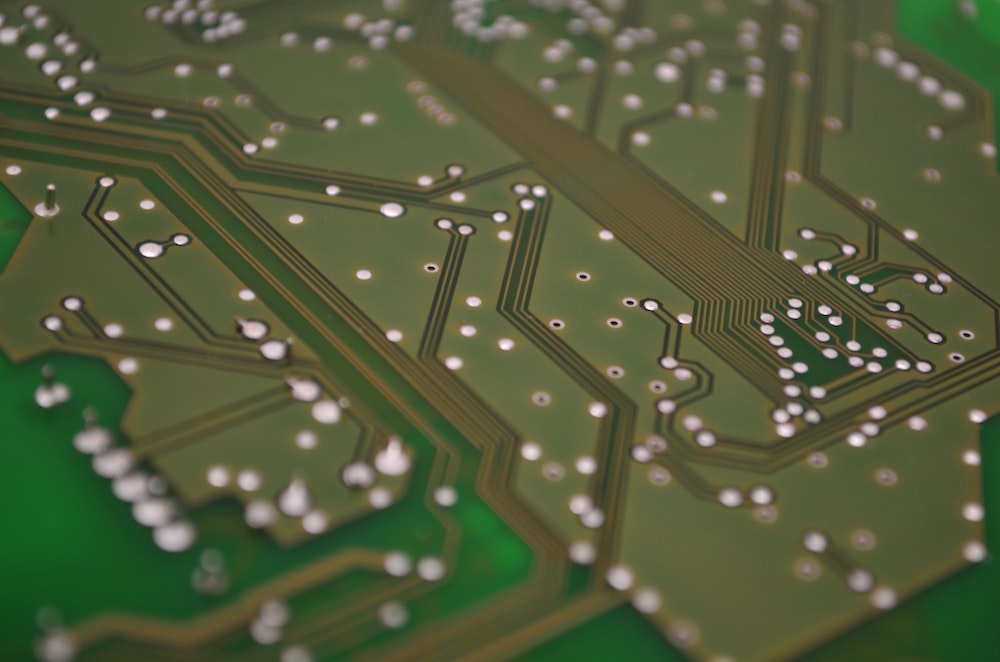Generative AI Meaning: Definitions and Applications
Uncover the significance of Generative AI Meaning: Exploring applications and implications in the modern era.
In recent years, artificial intelligence (AI) has made remarkable progress, and one of its most fascinating branches is generative AI. This cutting-edge technology has gained widespread attention due to its ability to create original content, such as images, music, and even human-like text. In this comprehensive article, we will delve into the meaning of generative AI, explore its applications across various domains, and discuss the implications it holds for society and the future.
What is Generative AI?
Generative AI refers to a subset of artificial intelligence that focuses on creating new and unique content. Unlike traditional AI systems that rely on predefined rules or explicit instructions, generative AI employs deep learning models, particularly generative adversarial networks (GANs) and variational autoencoders (VAEs), to learn patterns from existing data and generate novel outputs. By training these models on vast datasets, they can generate realistic content that closely resembles the input data.
Applications of Generative AI
Image Synthesis
Generative AI has revolutionized image synthesis by enabling the creation of highly realistic images. By training GANs on extensive datasets, it becomes possible to generate lifelike images of human faces, objects, landscapes, and more. This technology finds applications in various domains, including computer graphics, design, fashion, and entertainment.
Text Generation
Generative AI has proven to be a powerful tool for text generation. Language models, such as OpenAI’s GPT-3, have demonstrated the ability to generate coherent and contextually relevant text. These models can assist in content creation, automatic summarization, and even dialogue systems. However, ethical considerations must be taken into account to prevent the misuse of AI-generated text.
Music Composition
Generative AI has found its way into the field of music composition, where it can create original pieces in various genres and styles. By training AI models on vast musical libraries, they can generate melodies, harmonies, and even entire compositions. This technology aids musicians, composers, and producers in exploring new creative avenues.
Virtual Reality and Gaming
Generative AI plays a significant role in virtual reality (VR) and gaming. It enables the creation of realistic virtual worlds, characters, and environments. By employing GANs and VAEs, developers can generate lifelike 3D models, textures, and animations, enhancing the immersive experience for users.

Generative AI has redefined the possibilities of content creation and innovation. Its ability to generate lifelike images, music, and text opens up exciting avenues across various industries.
Implications of Generative AI
Intellectual Property and Copyright
Generative AI poses challenges to intellectual property and copyright laws. With AI capable of generating content that closely resembles human creations, it becomes crucial to address ownership and attribution. Legal frameworks need to adapt to the emergence of AI-generated content to ensure fair compensation and protection for creators.
Ethical Considerations
The use of generative AI raises ethical concerns, particularly in areas such as deepfakes and misinformation. AI-generated content can be manipulated and misused, leading to potential harm. Responsible deployment of generative AI requires ethical guidelines, transparency, and accountability to mitigate these risks.
Employment and Automation
Generative AI has the potential to automate certain tasks traditionally performed by humans. While it opens up new opportunities for innovation, it also raises concerns about job displacement. Society must prepare for the workforce implications and consider retraining and upskilling programs to navigate the changing employment landscape.
Generative AI represents a groundbreaking leap in the realm of artificial intelligence. Its ability to create original content has immense implications across various domains, including art, music, gaming, and more. While the technology holds enormous promise, it also necessitates careful ethical considerations and proactive regulations to address the potential challenges it poses. Intellectual property, copyright, ethical use, and employment implications are critical areas that require attention.
As generative AI continues to advance, it is essential for policymakers, industry experts, and society as a whole to collaborate in establishing guidelines and regulations that ensure the responsible use of this technology. This includes implementing robust attribution systems for AI-generated content, fostering transparency in AI applications, and promoting awareness about the risks associated with misinformation and deepfakes.
Furthermore, the impact of generative AI on employment should not be overlooked. While automation can streamline certain tasks, it is crucial to focus on reskilling and upskilling programs to equip individuals with the necessary skills for emerging roles. Additionally, fostering a culture of innovation and entrepreneurship can create new opportunities in areas where generative AI can augment human creativity rather than replace it.
Frequently Asked Questions about Generative AI Meaning
What is meant by generative AI?
Generative AI refers to a branch of artificial intelligence that focuses on creating original and unique content. It utilizes deep learning models, such as generative adversarial networks (GANs) and variational autoencoders (VAEs), to generate new data based on patterns and knowledge learned from existing datasets.
What is the difference between predictive and generative AI?
Predictive AI aims to make predictions or provide insights based on existing data. It focuses on analyzing patterns and trends to forecast future outcomes. On the other hand, generative AI goes beyond prediction and actively generates new content, such as images, text, or music, by learning patterns and creating novel outputs.
What is the difference between general and generative AI?
General AI refers to artificial intelligence systems that possess human-level intelligence across a wide range of tasks and can understand and perform any intellectual task that a human can do. It aims to replicate human intelligence in a broad sense. On the contrary, generative AI specifically focuses on the ability to create original content and generate new data using deep learning techniques.
What is the difference between conversational AI and generative AI?
Conversational AI is a subset of artificial intelligence that focuses on enabling machines to have human-like conversations with users. It encompasses technologies such as chatbots and virtual assistants, aiming to understand and respond to human queries and engage in natural language interactions. Generative AI, on the other hand, pertains to the broader concept of creating original content and generating new data, which extends beyond conversational abilities to include the generation of various forms of media like images, music, and text.
Generative AI Meaning Final Thoughts
In conclusion, generative AI has redefined the possibilities of content creation and innovation. Its ability to generate lifelike images, music, and text opens up exciting avenues across various industries. However, it is essential to navigate this transformative technology with caution and responsibility, addressing ethical considerations, legal frameworks, and societal implications. By striking the right balance, generative AI can contribute to a future where human creativity and AI-driven innovation go hand in hand, enriching our lives in ways we have yet to imagine.
- Chat GPT for Flights: Revolutionizing Air Travel with AI - July 25, 2023
- Best Tattoo Artists in Fort Worth: Discover Fort Worth’s Finest - June 28, 2023
- Chat GPT for Mac: Unlocking New Conversations with AI - June 19, 2023


